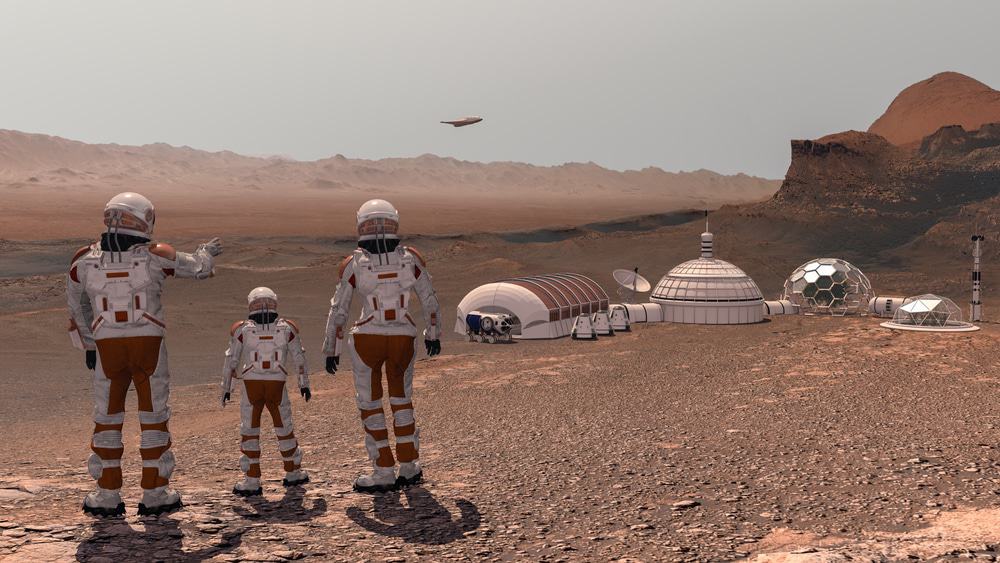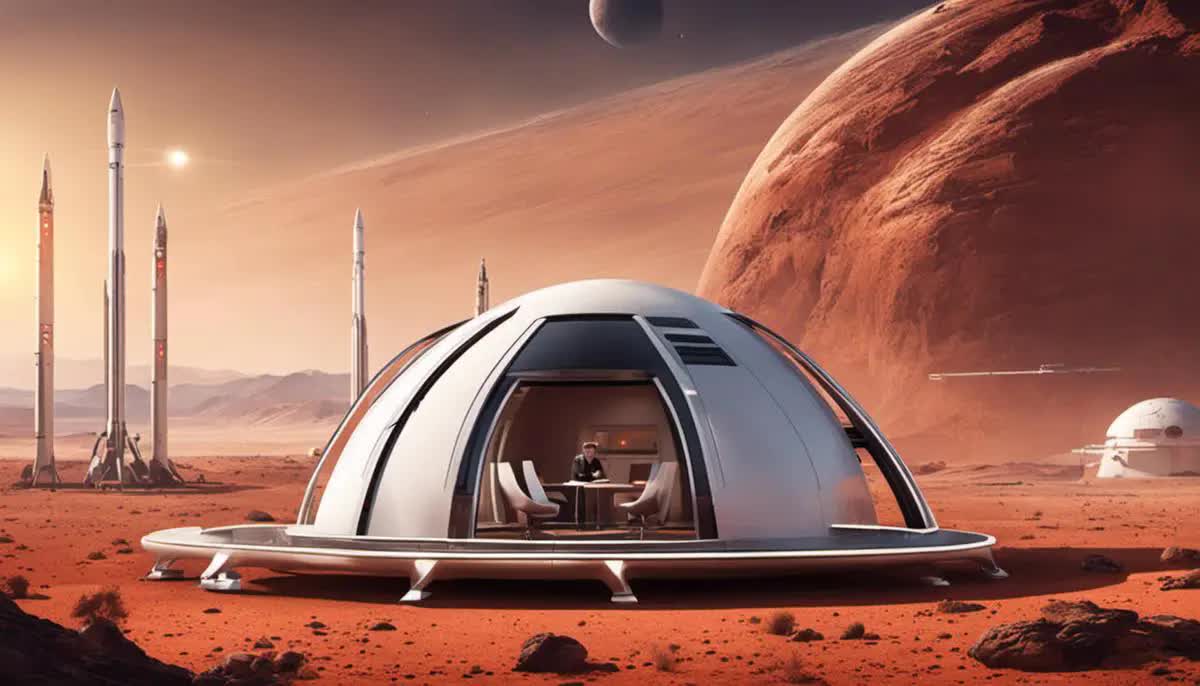Elon Musk, the visionary behind SpaceX, has long dreamed of making humanity a multi-planetary species, and his ambitious plan to build a self-sustaining city on Mars is grabbing headlines again. While Musk hasn’t set a firm 2050 deadline for a full migration or declared Earth uninhabitable, his recent statements and SpaceX’s progress are fueling excitement—and skepticism—about a future where humans call the Red Planet home. Let’s break down what’s happening and what it means for our future.

The Mars Game Plan
Musk has been vocal about his mission to colonize Mars, calling it “life insurance” for humanity. In a recent interview on Jesse Watters Primetime, he argued that a multi-planetary civilization is crucial because Earth could face catastrophic threats, like the sun’s eventual expansion (though scientists note this won’t happen for billions of years). His goal isn’t just a quick visit but a self-sustaining city on Mars that can thrive without constant resupply from Earth. “The key threshold is when that city can grow and prosper even if supply ships from Earth stop,” Musk said on X.
SpaceX is betting big on its Starship rocket, the most powerful ever built, to make this happen. Musk plans to send an uncrewed Starship carrying Tesla’s Optimus robots to Mars by late 2026, with human landings possibly by 2029 or 2031 if all goes well. A company talk in Starbase, Texas, set to be live-streamed next week, will dive deeper into this “Mars game plan.”
Why Mars? Why Now?
Musk sees Mars as a hedge against Earth’s challenges—climate change, resource depletion, or even global conflicts. “It’s about ensuring the long-term survival of civilization,” he told Fox News, framing Mars as a backup plan for humanity’s consciousness. While he’s made bold claims before (like landing humans on Mars by 2024), recent developments show progress. NASA’s 2026 budget includes $1 billion for Mars-focused missions, aligning with Musk’s goals and boosting SpaceX’s chances for contracts. President Trump’s push to “plant a flag” on Mars and the nomination of Jared Isaacman as NASA administrator further signal a Mars-first mindset.
But it’s not all smooth sailing. Starship’s test flights in 2025 have had mixed results—while the Super Heavy booster performed well, the upper stage exploded in both January and March tests. Scientists and former NASA experts, like Peter Hague, doubt Musk’s timeline, citing the rocket’s complex design and the astronomical costs (potentially trillions) of a Mars program. Plus, Mars is no paradise—it’s 140 million miles away, with a harsh, dusty environment and a three-year round trip.
Starbase: The Launchpad for Mars

On Earth, Musk’s vision is taking shape in Boca Chica, Texas, where SpaceX’s launch site became an official city called Starbase in May 2025. With 212 of 218 voters (mostly SpaceX employees) approving, Starbase is now a hub for rocket development, complete with an “Occupy Mars” sign and a Musk statue. Critics worry it gives Musk too much control, potentially limiting public beach access, but supporters see it as a step toward Mars.
The World’s Reaction
Musk’s plans are sparking lively debates online. Hashtags like #OccupyMars are trending on X, with some users thrilled about becoming “Martian pioneers” and others questioning if Earth’s problems are being sidelined. Tech billionaires haven’t publicly reacted to Musk’s latest moves, but his influence is clear—NASA’s pivot to Mars and Starbase’s creation show his sway in both policy and industry. Meanwhile, critics argue Musk’s focus on Mars ignores pressing Earth issues, like his company’s environmental violations in Texas.

What’s Next?
Musk’s vision is bold, but the road to a Martian city is fraught with challenges. Will Starship’s next test flight succeed? Can SpaceX meet the 2026 uncrewed mission goal? And what does this mean for Earth’s future? One thing’s certain: Musk’s push for Mars is forcing us to rethink humanity’s place in the cosmos.
What do you think—exciting leap or risky dream? Drop your thoughts in the comments and share this story to keep the Mars conversation going!


